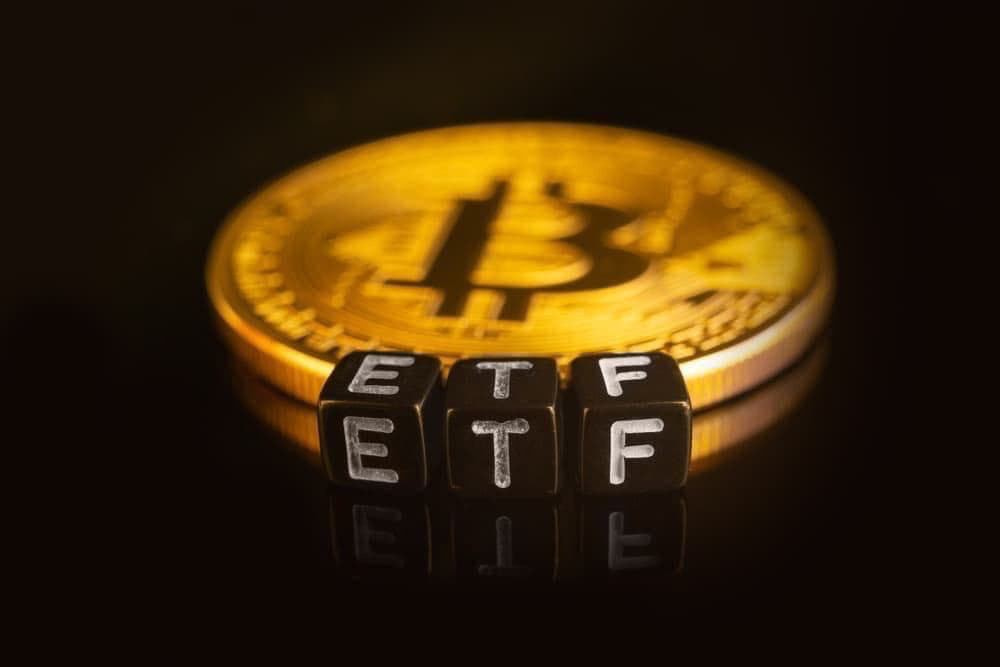The impending approval of Bitcoin (BTC) exchange-traded funds (ETF) generates significant excitement in a potential breakthrough for cryptocurrency on Wall Street. This development is anticipated to open up digital currency investing to institutional and retail investors, marking a pivotal moment in the industry.
The anticipated approval by the US Securities and Exchange Commission (SEC) of ETFs designed to buy and sell BTC could usher in a new era for crypto investments.
This regulatory shift, expected by mid-January or sooner, follows a decade of previous rejections of similar applications. The involvement of major financial players like BlackRock (NYSE: BLK), Fidelity, and Invesco (NYSE: IVZ) is contributing to projections that the spot-Bitcoin ETF market could grow into a $100 billion powerhouse, as per Bloomberg on November 20.
The potential widespread adoption of this ETF is viewed as a game-changer, simplifying access for investors and allowing for direct supervision of crypto investments in clients’ portfolios.
Uncertainty remains
Despite the optimistic outlook, the aftermath of the FTX implosion continues to resonate across the investment landscape, tempering enthusiasm for all things crypto. While institutional interest is expected to surge with the introduction of ETFs, some market participants remain cautious due to lingering uncertainties and the industry’s tainted past.
While some advisors remain cautious, citing a decrease in digital asset interest among younger clients, proponents argue that ETFs will normalize the previously discredited asset class. The transparency and liquidity offered are expected to create compliance-friendly opportunities for institutional players, potentially transforming the market through increased lending and derivatives trades.
The possible approval of BTC ETFs holds the promise of attracting significant inflows into these products and reshaping the cryptocurrency market in unprecedented ways. However, the full extent of these changes may take time to unfold.








